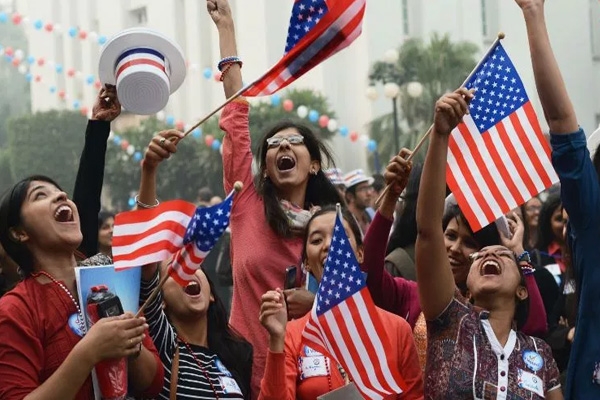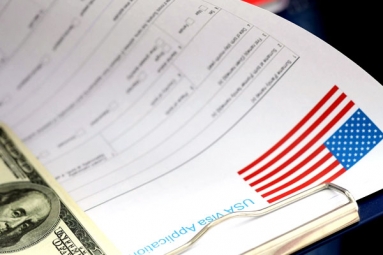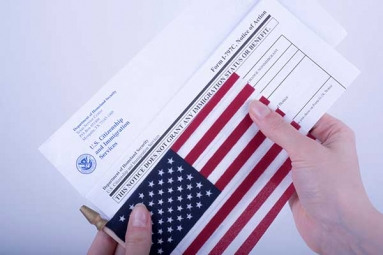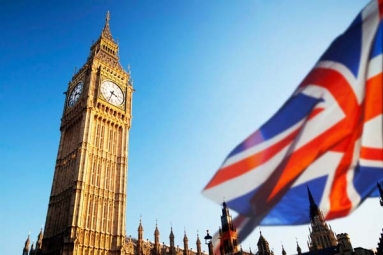Know Why Indians Succeed More in the United States Than in India
February 13, 2019 14:58
(Image source from: Foreign Policy)
The United States has the sizable Indian population in the world outside Asia. At first, immigrants from India arrived in the U.S. in small figures during the in the time of 19th century, primarily as low-skilled farm laborers.
However, in recent decades the population has grown substantially. As of 2015, the Indian immigrants in the U.S. comprised of 2.4 million, making foreign born from India the second-largest immigrant group after Mexicans, accounting for almost 6 percent of the 43.3 million foreign-born population.
In 1960, just 12,000 Indian immigrants lived in the United States, representing less than 0.5 percent of the 9.7 million overall immigrant population. The United States is the third most popular destination for Indian migrants worldwide, after the United Arab Emirates and Pakistan.
Compared with the overall foreign- and native-born populations, immigrants from India on average are significantly better educated, more likely to be employed in management positions, and their median annual household income is $100,000, which is significantly higher than other immigrant groups or the US population as a whole.
Why Are They Successful
The Indians arrived at America’s shores with longing to touch new heights in life. They lifted themselves up and saved penny after penny to settle down overseas at ease.
In fact, the success of Indian immigrants can be attributed to a three-level selection process.
Education
According to the Immigration Policy Institute, 77 percent of Indian American adults have a college degree. In comparison, only 29 percent of all immigrants and 31 percent of native-born Americans are college graduates. Very few uneducated Indians make it to the U.S. Organizational psychologists even have a name for this type of immigrants, they are known as “qualified immigrants.”
Immigration Process
Most first-generation Indian Americans come to the U.S. as students, go on a job with an H-1B visa, and sooner or later, after many years, become permanent residents and then U.S. citizens. The entire process is fraught with uncertainty. It vets aspiring immigrants. The people who hang in there from beginning to end are optimistic and gritty.
Since they come as students, they have more opportunities to interact with native-born Americans and devour American culture from their very first day on American soil compared to other immigrants.
India’s Social Hierarchy
The great majority of Indian immigrants from higher castes, meaning they have access to influential social networks both in India and the United States. These are the people probably to get through financially regardless of whether they stay in India or immigrate.
-Sowmya Sangam



















